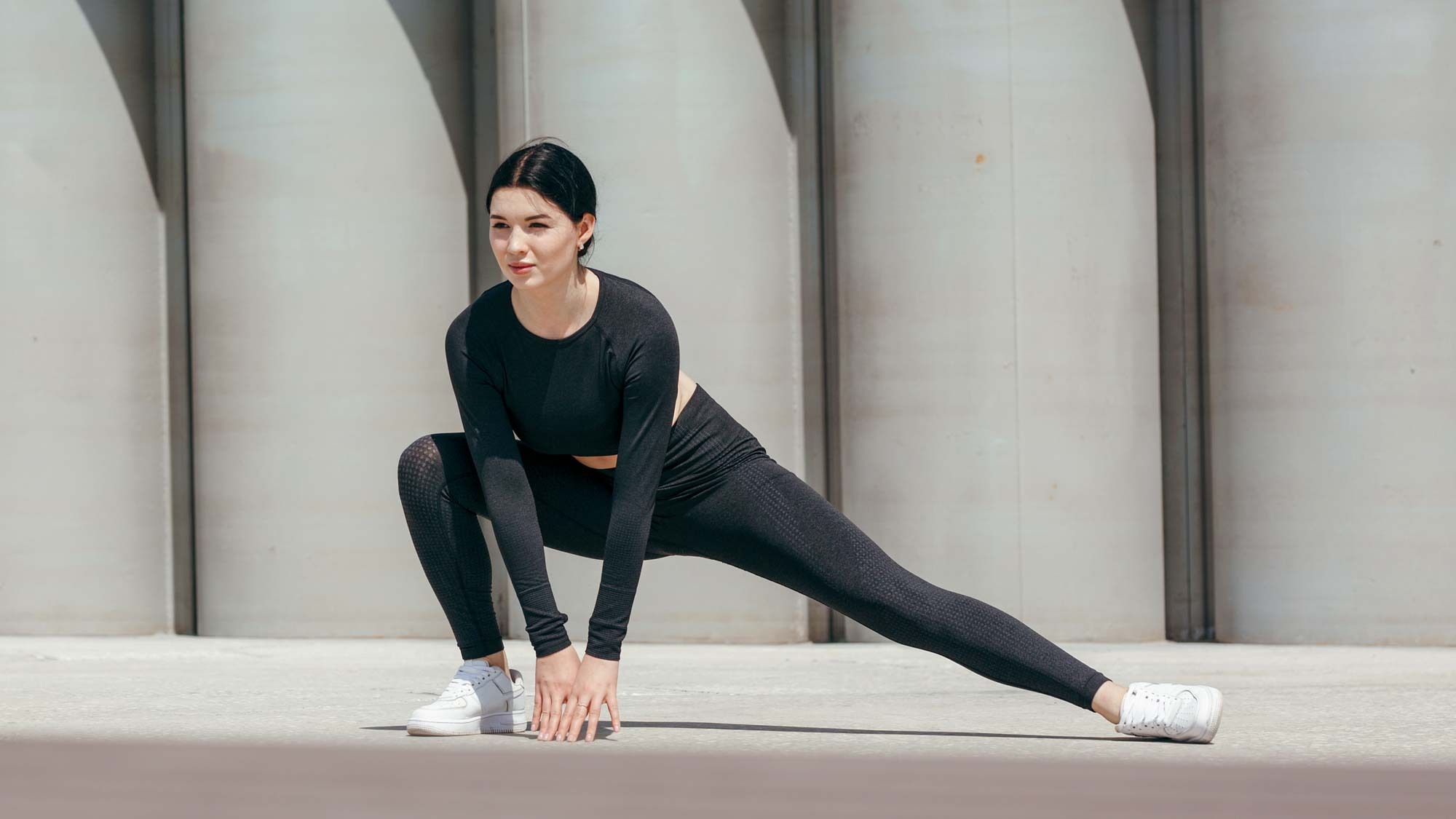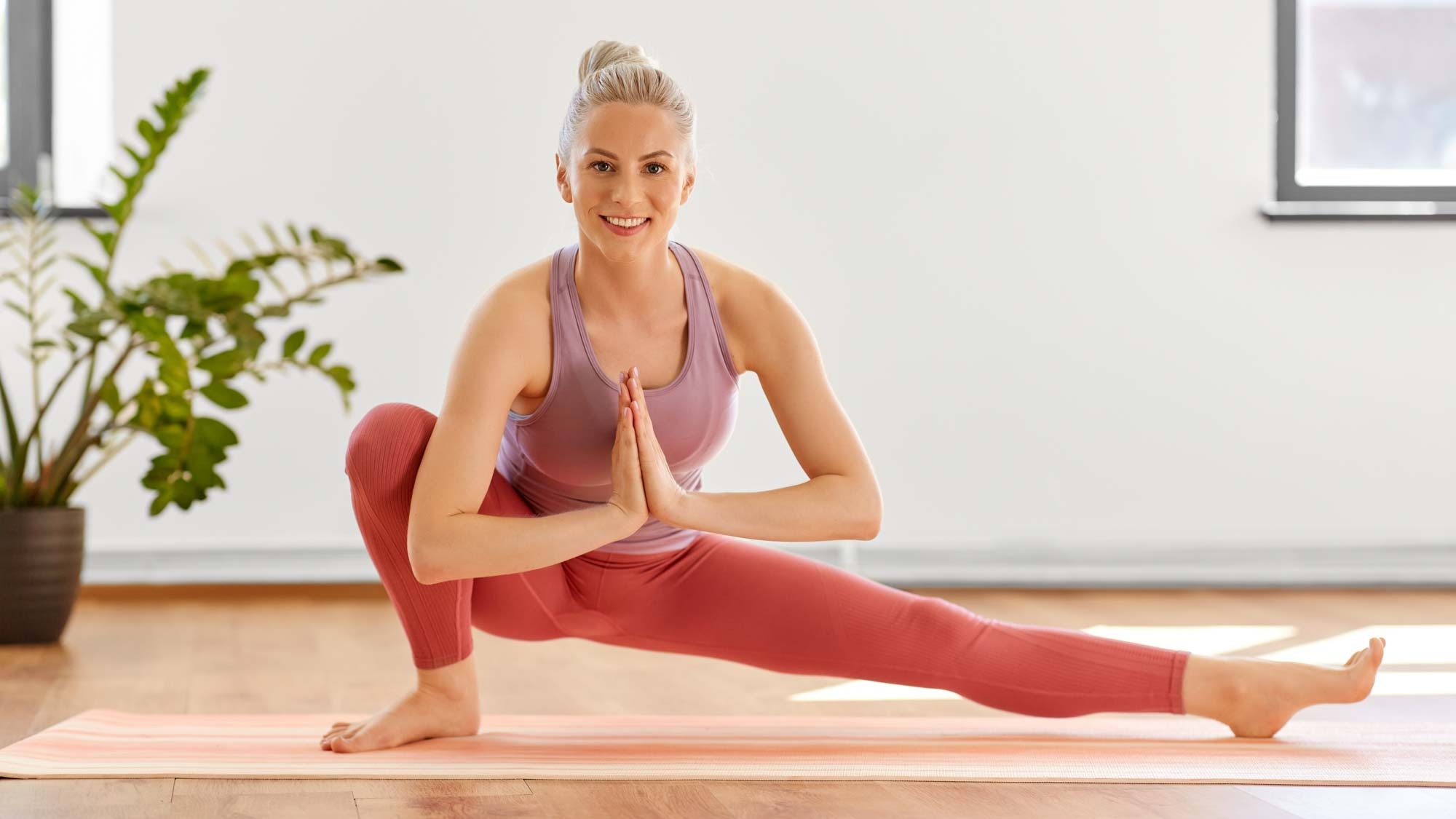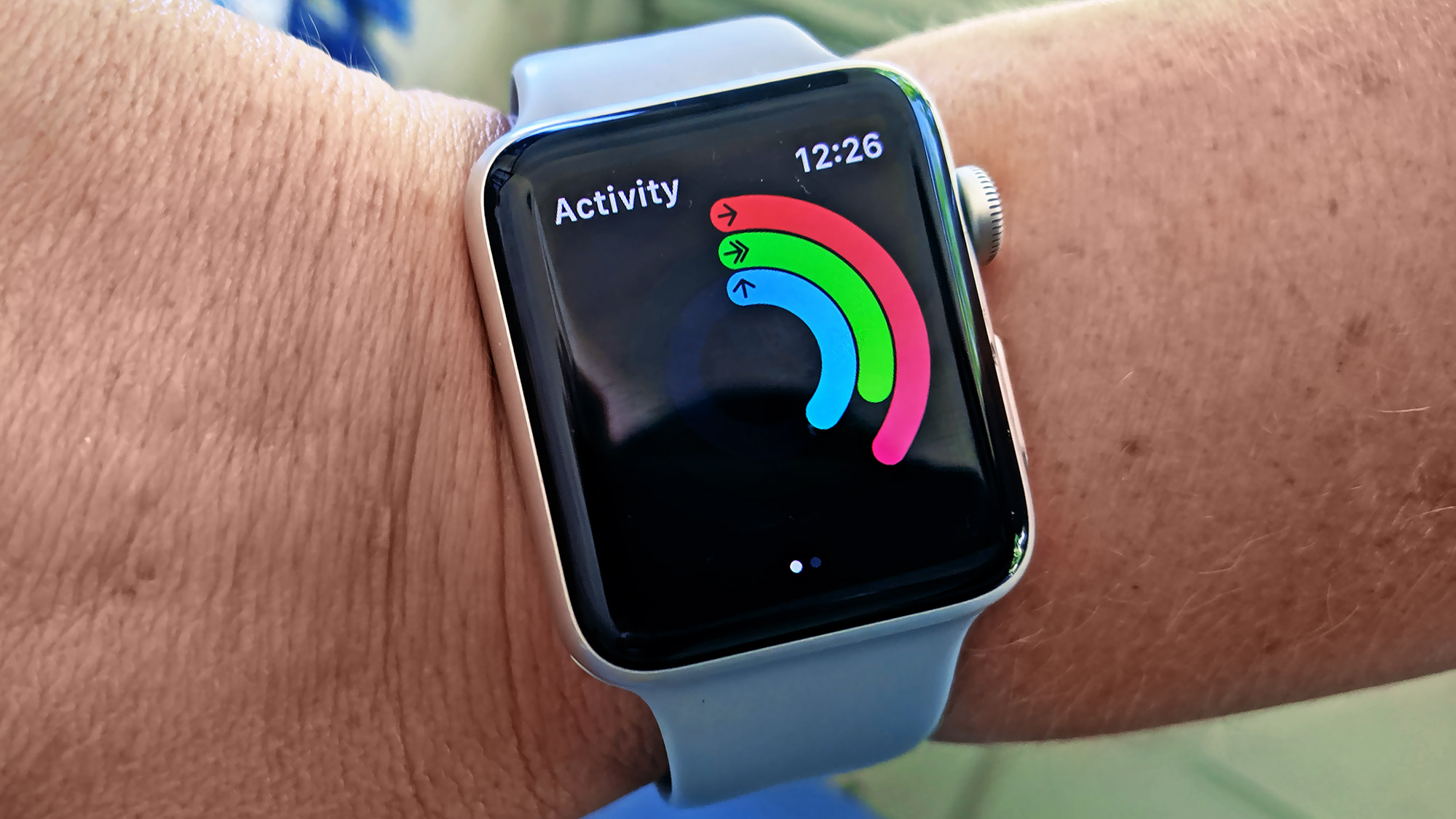
The Cossack squat — a deeper variation of the side lunge or lateral lunge — is a quad-burning lower-body bodyweight exercise. It strengthens your quads, outer glutes (gluteus medius), hamstrings, adductors (inner thighs), core, and lower back muscles.
The exercise also forms part of mobility training and CrossFit routines to help improve lower body flexibility and mobility in the ankles, knees and hips. In yoga, the move is better known as Skandasana — half squat pose — and offers deep hip opening benefits while stretching the inner legs and groins of yogis everywhere.
Whether used for strength training programs or to develop better movement patterns in the lower body, this squat variation offers plenty of benefits and is a killer on the quads.
I decided to crack on and try 90 reps every day for a week. Here’s what happened to my hips and legs.
Find the best yoga mats and best adjustable dumbbells to improve your workouts.
How to do Cossack squats
A Cossack squat requires some existing mobility in the joints of the lower body to perform it properly, but it’s still accessible for beginners and advanced exercisers. Technique and flexibility will improve with practice.
- Stand with legs wide and toes pointed forwards
- Engage your core. Extend arms in front of you or bring hands to hips
- Bend your left knee and send your weight over to the left, lowering into a side squat and fully straightening your right leg
- Lift your right toes upward for external rotation at the hip
- Keep your chest lifted and back flat
- Try to keep your left heel planted and lower as far as you can, sitting your weight into your bum and heel
- Pause, then push explosively through your left heel and move straight over to your right side.
Here’s how to do a lunge with side variations to try as a way to get started. And our fitness writer tried 30 lateral lunges every day, but you’ll need to drop your hips and bum lower to achieve a full Cossack squat. You can check proper form using the video above for a better idea. To advance the exercise, hold a weight in front of your chest using a goblet squat hold.
Sign up to get the BEST of Tom's Guide direct to your inbox.
Get instant access to breaking news, the hottest reviews, great deals and helpful tips.
I did 90 Cossack squats every day for a week — here’s what happened to my hips and legs
Here’s what happened to my hips and legs when I tried 90 Cossack squats every day for a week.
Day one: my quads were spent
Although Cossack squats are an effective bodyweight exercise that strengthens muscles and improves flexibility, I decided to add a dumbbell to spice things up.
I used a 15kg (33 lbs) weight held in a goblet grip to add extra resistance for my leg muscles to push through, which provided the perfect amount of fire through my quad muscles and added some counterbalance. Like a front rack squat, holding a dumbbell front-loads the quads to work them harder and could help you find length in the spine to improve posture.
I started with nine sets of 10 reps with a 30-second rest, but this became stagnant, so I switched up my approach.
I tackled an EMOM (every minute on the minute) format for the remaining days using a lighter 12.5kg (27.5 lbs) dumbbell. I aimed for 15 reps inside each minute, finishing around 33-36 seconds, then performed max push-ups until 50 seconds. I took 10 seconds to rest before starting the next round for six rounds.
Bingo, I was cooked — and my legs and brain were far more engaged.
Days two to four: my hips and hammy's began to open
Cossack squats require you to sit as low as possible while keeping your chest forward-facing and balancing on one leg — the heel of your bent leg firmly planted on the ground. In yoga, the heel can lift to transfer weight to the ball of your foot, but under additional load, this could place stress on your knee joint.
To give myself the best chance of working my legs and hip muscles hard, I added these mobility exercises for hip flexor pain to relieve tension before each EMOM.
If you have tight Achilles tendons or hips, you might find your depth restricted during the Cossack squat, but with practice, it’s a great way to improve in these areas.
The exercise opened my hips and hamstrings and helped me achieve far more depth. By increasing range of motion at the bottom of the Cossack squat, I could fully engage my leg muscles and drive upward explosively, maximizing the contraction each time.
By practicing this regularly, you could find increased range of motion in your hamstrings and hips (helping to improve depth during exercises like squats) and build power in the lower body.
Day five: I noticed my balance

Unilateral (single-sided) training tests your body’s balance, neuromuscular coordination, and strength. Although holding a weight can provide a counterbalance, the Cossack squat is still a test of balance in your frontal plane (side-to-side movement). It’s also a brilliant way to iron out any muscular imbalances in your weaker side. Research has shown that this training style encourages cross-education — a process where other muscles stimulate on the opposite side of the body.
The explosive power of pushing up through one leg could improve strength for other compound moves like a deadlift. But weight-bearing activity also contributes to bone loading or “osteogenic loading,” according to American Bone Health, also building strength in your bones. I began to notice my balance was improving and I could sit taller with my weight in my heel.
Days six and seven: my ankles were tight
In yoga, my ankles and wrists are always a work in progress. During the Cossack, your hip, knee, and ankle are fully flexed while you stretch the hamstrings and groin muscles of the other leg. I noticed that my ankles were pretty tight, and my heels immediately wanted to lift.
For most people, this is common, and lateral lunges or squats are the best way to ease into Cossack squats if you’re new to the exercise.
During the week, I found I could achieve more depth, but those with ongoing ankle mobility issues could find the process takes longer.
If this sounds familiar, try popping this $10 accessory under your hands to elevate your chest and hold the Cossack squat for 15-30 seconds per side as a stretch instead. Alternatively, roll a towel or yoga mat to support underneath your heel until your ankles adapt to the move, and practice these 3 assisted stretches to target your hamstrings.
I found this exercise challenging against the clock, but it did wonders for my lower body mobility and I’ll be adding it to warm-ups from now on. Besides, my quads felt torched for days after. Even more so than when I train squats!
More from Tom's Guide
- Our fitness editor did 50 lateral step-ups every day for a week
- I tried stretching with StretchLab to boost flexibility and strength
- This calisthenics workout is perfect for adding Cossack squats.

Sam Hopes is a level 3 qualified trainer, a level 2 Reiki practitioner and fitness editor at Tom's Guide. She is also currently undertaking her Yoga For Athletes training course.
Sam has written for various fitness brands and websites over the years and has experience across brands at Future, such as Live Science, Fit&Well, Coach, and T3.
Having coached at fitness studios like F45 and Virgin Active and personal trained, Sam now primarily teaches outdoor bootcamps, bodyweight, calisthenics and kettlebells.
She also coaches mobility and flexibility classes several times a week and believes that true strength comes from a holistic approach to training your body.
Sam has completed two mixed doubles Hyrox competitions in London and the Netherlands and finished her first doubles attempt in 1:11.
-
Winstars For five minutes I read articles about doing an exercise every day for a week, and now I am less educated about fitness. Thank you for such vapid content.Reply

